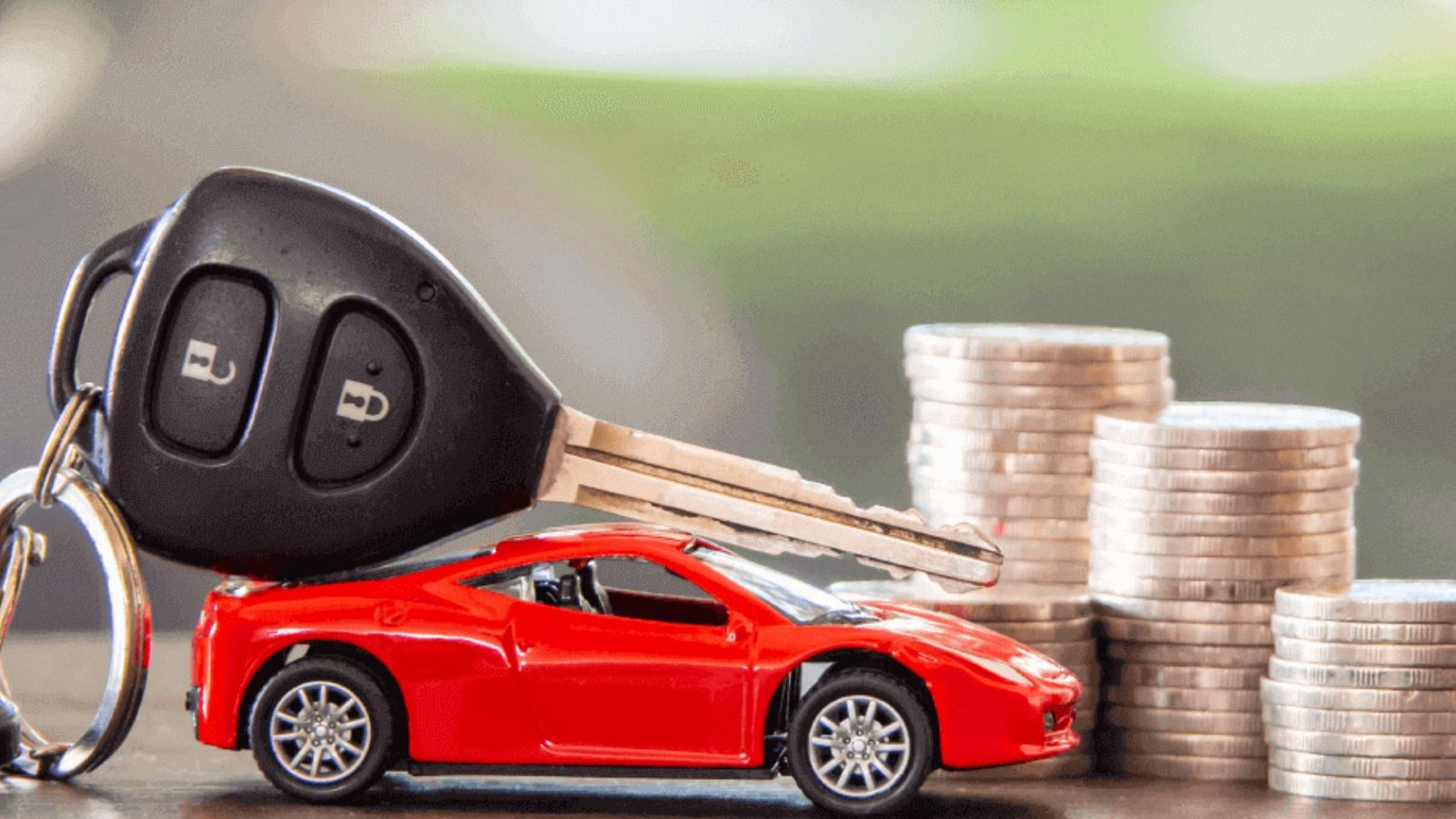Have you ever found yourself daydreaming about owning a car, only to feel overwhelmed when it’s time to crunch the numbers? If you’re in California, buying a car is a major financial move. It’s not just about picking a make and model you like; it’s about knowing how much you can truly afford. From upfront costs to monthly expenses, everything adds up quickly. Without a solid plan, it’s easy to stretch your finances too thin.
In this blog, we will share smart, simple steps to help you plan your car budget the right way.
Figure Out How Much You Can Spend
Also Read : Investing in Warmth: How Simple, Regular Maintenance Keeps Your Water Heater Efficient
Before heading to a dealership or browsing online, start by figuring out how much money you can spend on a car. Look at your income, expenses, and savings. Experts often suggest that your car payment should be no more than 15% of your monthly take-home pay. That means if you bring home $3,000 a month, your car payment shouldn’t go over $450. But remember, that doesn’t include other costs like gas, maintenance, and insurance.
Also Read : How to Determine Fault in a Car Accident
It helps to write down all your current bills and subtract them from your monthly income. This gives you a clear picture of how much is left. If you already have debts or big financial goals, keep your car budget on the lower side. Being honest about your finances from the start makes it easier to avoid trouble down the road. Planning this way helps you stay on track and avoid car-related stress.
Think Beyond the Sticker Price
Many people focus only on the car’s sticker price and forget about other long-term costs. While buying a car might cost $20,000 upfront, owning it over time includes much more. Things like insurance, gas, registration, taxes, and repairs can add thousands each year. These costs vary depending on the type of car, how old it is, and even where you live. For example, the cost of car insurance in California can be higher than in many other states due to traffic and accident rates.
Also, newer cars often have higher insurance and registration fees but may save you money on repairs and fuel. Used cars may be cheaper to buy but can require more frequent maintenance. To budget smartly, research the total cost of owning the type of car you want. Use online tools that show long-term costs by model and location. This helps you choose a car that won’t surprise you with hidden expenses.
Save for a Down Payment
A good down payment can make a big difference in your car budget. Putting down at least 10% to 20% of the car’s total price helps lower your monthly payment and shows lenders that you’re serious. It also means you’ll borrow less, which reduces the interest you pay over time. If you buy a $25,000 car, saving up $2,500 to $5,000 can help you in a big way.
If you don’t have savings right now, don’t worry. Start putting aside money each month. Skip a few takeout meals, or hold off on buying things you don’t really need. Even saving $100 to $200 a month adds up over time. You can also use part of your tax refund or work bonuses toward your down payment. The more you can pay upfront, the easier your car payments will be in the future.
Decide Whether to Buy New or Used
Choosing between a new and used car is a big part of budgeting. New cars come with the latest features, warranties, and fewer repair needs. But they cost more and lose value fast. A new car can drop in value by 20% or more just in the first year. That means if you buy a $30,000 car, it might be worth only $24,000 after a year of driving it off the lot.
Used cars are often more budget-friendly. You can find reliable used cars that are just a few years old and cost much less than new ones. They’ve already gone through the steepest part of depreciation. However, they may need more repairs sooner, and warranties may have expired. If you buy a used one, always get a history report and have a trusted mechanic inspect the car. Both options have pros and cons—your choice should depend on your budget, driving needs, and comfort with repairs.
Explore Financing Options Carefully
Unless you’re paying in full with cash, you’ll probably need a car loan. Car loans can come from banks, credit unions, or the dealership itself. The interest rate you get depends on your credit score, loan term, and the lender. A lower interest rate can save you hundreds or even thousands over the life of the loan. That’s why it’s smart to check your credit score before you apply.
Shorter loan terms often have higher monthly payments but cost less overall because you pay less interest. Longer terms reduce the monthly cost but can be more expensive in the long run. Try not to go beyond a 60-month term unless absolutely necessary. Shop around for rates before settling on one. Sometimes, credit unions offer better deals than big banks. Don’t rush this part—taking time to find a good loan is part of budgeting wisely.
In conclusion, buying a car is exciting, but it comes with real financial responsibility. From the first down payment to regular gas and repair costs, everything adds up quickly. Planning ahead makes the process smoother and less stressful. When you take the time to understand your income, research total costs, and explore smart financing, you’re making choices that benefit you in the long run. A car should support your life, not make it harder. So before you get behind the wheel, get behind your budget. That’s the smartest way to drive forward.










